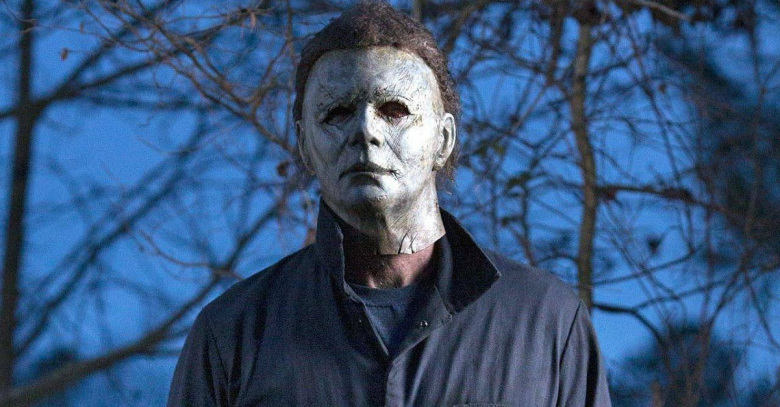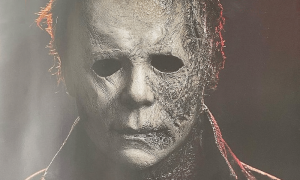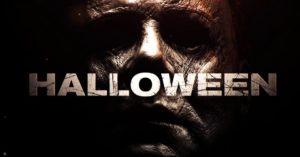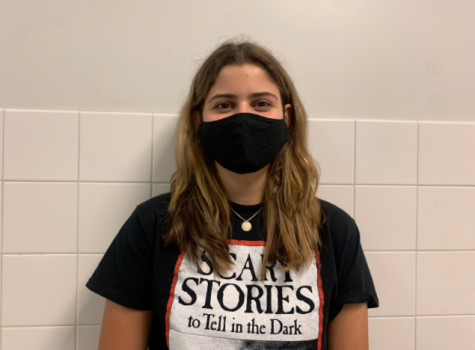Franchise turns `Halloween’ into just another day
Despite the number of times the iconic killer has been left presumably dead, writers have still managed to drag the Halloween franchise on for a total of 11 follow-up films to John Carpenter’s genre-defining original.
October 29, 2021
At the end of the 1978 movie Halloween, Michael Myers is shot and falls off of a second-story balcony, seemingly dead.
At the end of Halloween II, Myers is caught in a fire and is, again, seemingly dead.
At the end of Halloween 4: The Return of Michael Myers, he is hit by a truck and shot more than 20 times — once again, seemingly dead.
You get the idea.
Despite the number of times the iconic killer has been left presumably dead, writers have still managed to drag the Halloween franchise on for a total of 11 follow-up films to John Carpenter’s genre-defining original.
Are all of these films really necessary? Michael Myers’ story truly ended in the first film. These sequels have only managed to reduce the once-archetypal horror villain to nothing more than a cash-cow for the studio to exploit for their next sequel, remake, or reboot.
In Carpenter’s original, Myers was meant to symbolize the constant presence of evil in society, an idea that was unique in horror films for the time.
Now, Myers just symbolizes moneybags.
Instead of ending the series once and for all with Myers’ official death in Halloween II, writers instead opted to continue the Halloween story, making for confusing lore and disregarding what the original film was meant to represent.
This month, the sequel to 2018’s Halloween was released. Halloween Kills continues the trend that the numerous other sequels have set: It completely ignores Carpenter’s ambitions for the original. Myers, once a symbol for evil itself, has been replaced with an unbelievable and admittedly cheesy horror villain.
Halloween Kills is by no means an unwatchable film. It is definitely entertaining and includes some really creative ideas. However, it is completely unnecessary, as is each of the other installments in this franchise after the first film.
These redundant sequels of the iconic 1978 slasher film have reduced the Halloween title to nothing more than another campy horror franchise, when Carpenter’s ambitions for the original was always a notch above the competition.





